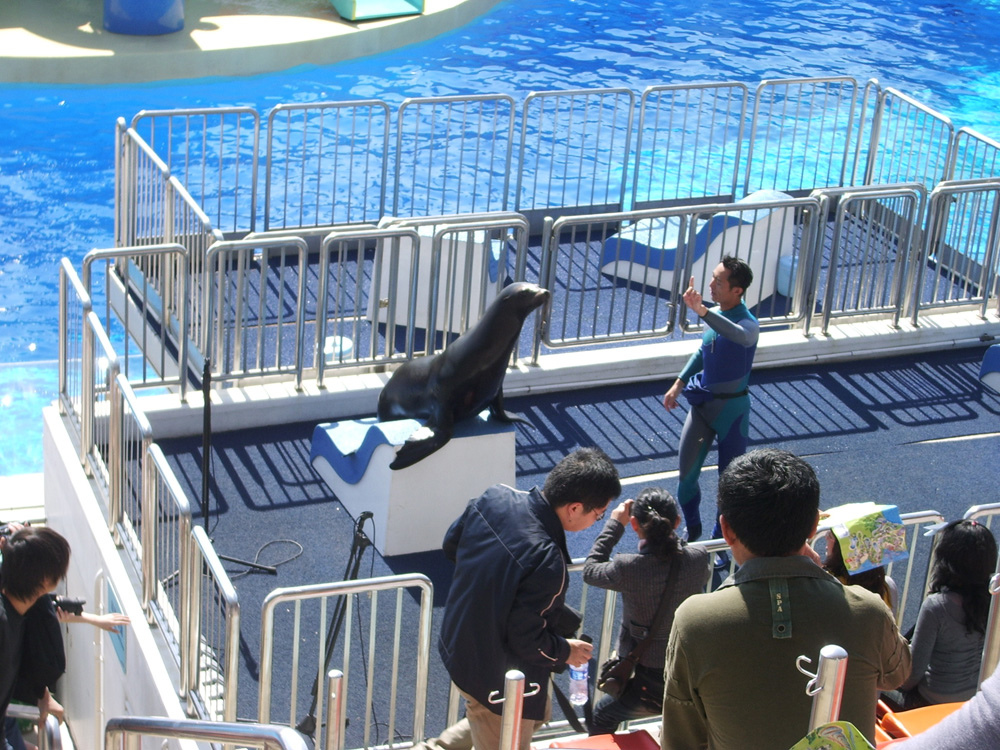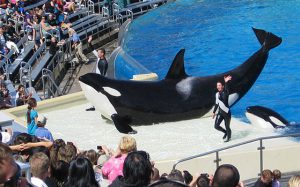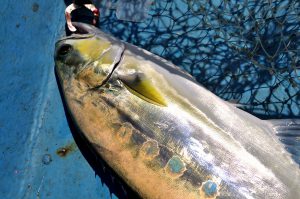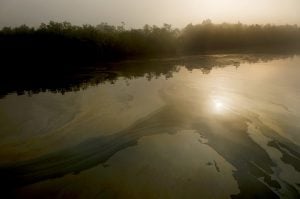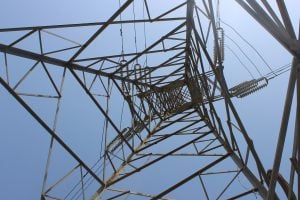A growing number of whales and dolphins are being captured to meet demand from China’s rapidly expanding marine park sector. This is endangering the existence of wild populations of marine mammals, says a new report.
In December 2015, a study by the China Cetacean Alliance (CCA), a coalition of animal welfare groups, revealed that Chinese marine parks are involved in the capture of whales and dolphins in Russian and Japanese waters. Furthermore, this practice is threatening wild populations of these mammals, which are transported over long distances bound tightly in nets.
The report highlights that marine parks in China are on the rise. Since 2010, over 250 wild cetaceans (whales, dolphins and porpoises) have been caught and transported to Chinese ocean parks. Most of the 114 beluga whales in China were captured in Russia’s Okhotsk Sea.
See also: 10 marine species that need protecting
According to Naomi Rose of the Animal Welfare Institute, an Amercian charity, captive animals are deprived of social activity and stimulation. This gives rise to grave mental and physical health conditions as well as abnormal behaviour, and even death.
Whales and dolphins are among the earth’s most intelligent mammals. Beluga whales can dive for up to 25 minutes and reach depths of 800 meters. While Orca whales live in stable family units, or pods, similar to humans.
Currently, there are 39 marine parks spread across 17 provinces in China, 36 of which have live cetacean shows. Another 14 parks are being built. The CCA estimate that these parks hold 491 mammals in captivity, with beluga whales (114) and bottlenose dolphins (279) drawing the biggest crowds.
“The CITES database [Convention on International Trade in Endangered Species of Wild Fauna and Flora] show only two killer whales [in China], so the remaining five may have been illegally imported. In the future, more killer whales will be imported for the newly-constructed marine parks,” Hu Chunmei, a spokesperson for the alliance told chinadialogue.
Animal rights activists say creatures are cruelly forced to take part in live shows. A Chinese white dolphin, held in Nanning Zoo, was obtained after being rescued from a beach in Beihai, Guangxi province, southern China. It is now used in performances, despite having visible wounds on its snout, said the group.
Property companies, such as the Haichang Group and the Hengda Group, are investing in the mass construction of marine parks. Ms Hu said that Haichang has a controlling stake in the Shanghai Haichang Polar Ocean World, one of the largest parks under construction, and already has marine parks with captive cetaceans in Dalian, Qingdao, Tianjin, Wuhan and Chengdu.
Keeping cetaceans in captivity is banned in the UK, Croatia, Cyprus and Hungary. But China has no legislation on animal welfare and so there is no protection for captive animals.
The growth of mainland parks is being fuelled by tourism from Hong Kong and Taiwan, leading local animal welfare and environmental groups to call on Beijing to halt the practice.
Chen Yumin, director of the Environment and Animal Society of Taiwan, has been involved in animal protection for 20 years. She told chinadialogue that two decades ago an image of a tiger being slaughtered on a street was seen sparking public outrage. Today, she is concerned that tourists are helping to drive demand for new ocean parks across China.
Parks in Taiwan are keen to sign deals with counterparts on the mainland to capitalise on the region’s expanding tourism market.
“This is very worrying for us. We came to Beijing to say that cruelty should not be a part of links with the mainland,” said Zhang Huijun, executive director of Taiwan’s Kuroshio Ocean Education Foundation.
While the number of marine parks in Taiwan is falling, the promotion of mainland marine park tourism is rapidly rising, according to Ms Zhang. At Taipei North Station a billboard advertises a marine park in Guangdong province.
Chen Taichen of the Hong Kong Dolphin Conservation Society has similar concerns. He worries that growing partnerships between mainland aquariums and the Ocean Park Hong Kong could lead to more animals being harmed.
Captive dolphins suffer from dramatically higher mortality rate thank their free counterparts. Bottlenose dolphins in captivity live for three years, on average; compared to 20 years in the wild.
In response to pressure from animal welfare groups, Ocean Park Hong Kong stopped the purchase of white dolphins and beluga whales from the mainland. It also claims to have stopping buying dolphins completely. However, it continues to borrow animals from marine parks in mainland China and elsewhere and breed in captivity – both practices, which will have to diminish if the animals are to be saved.
